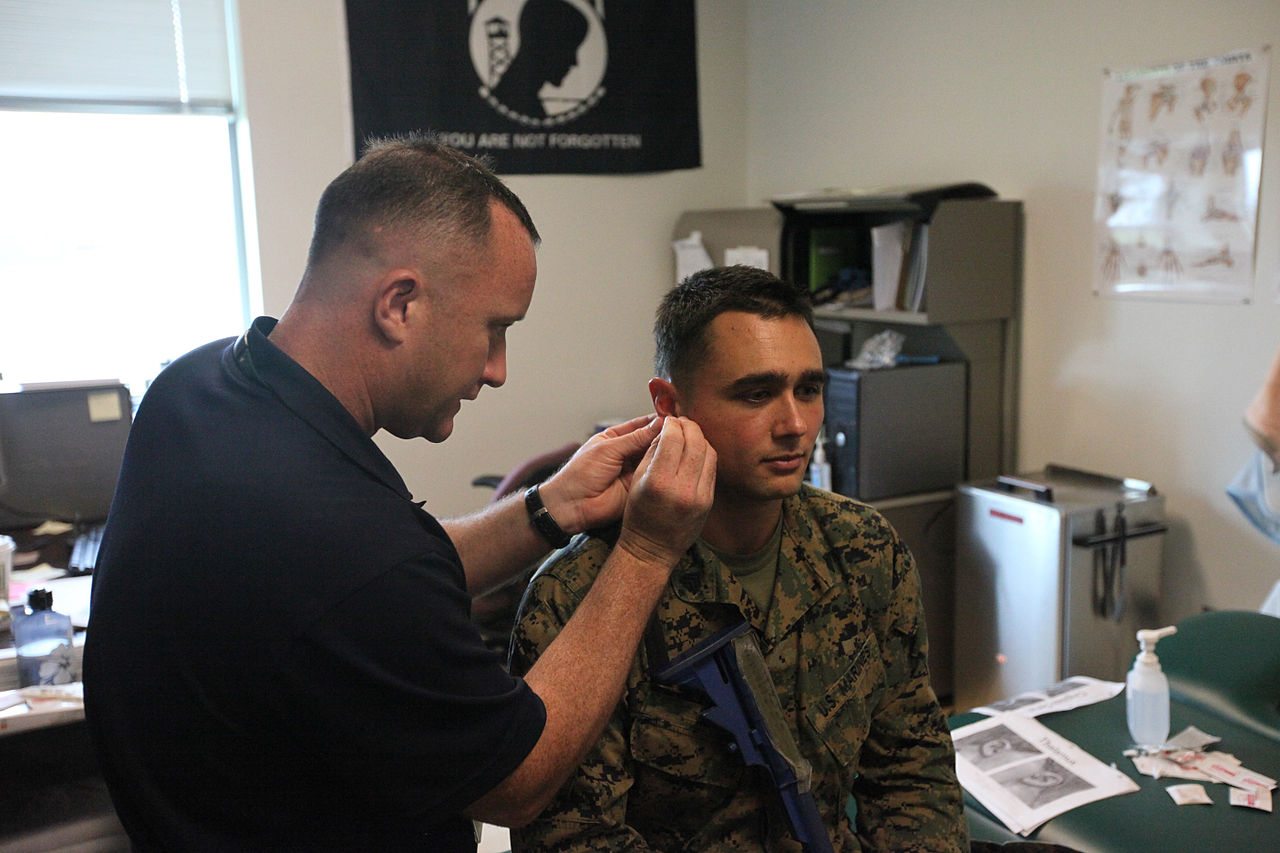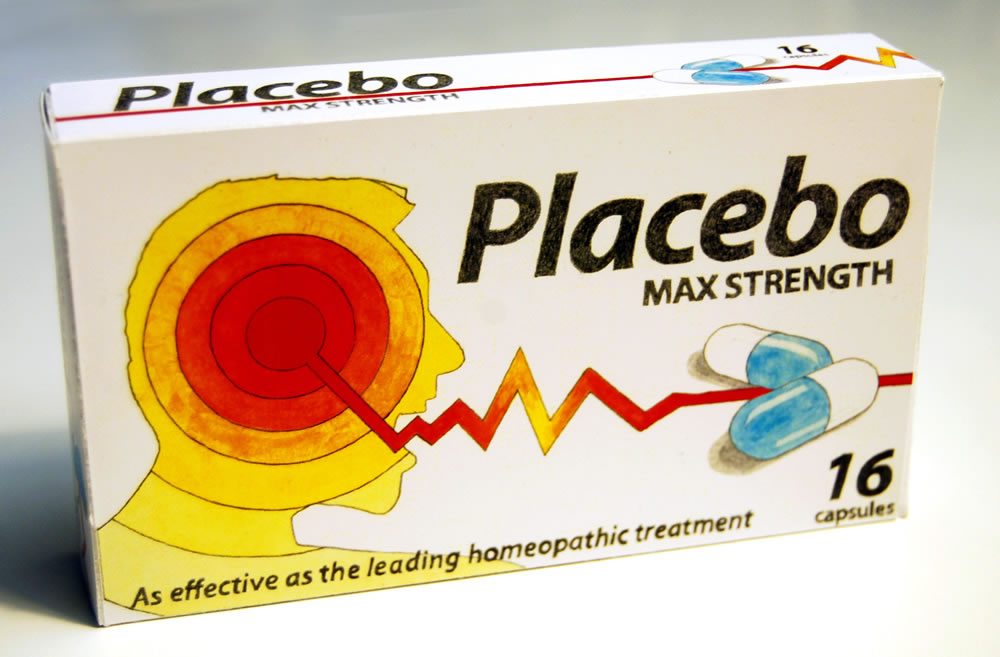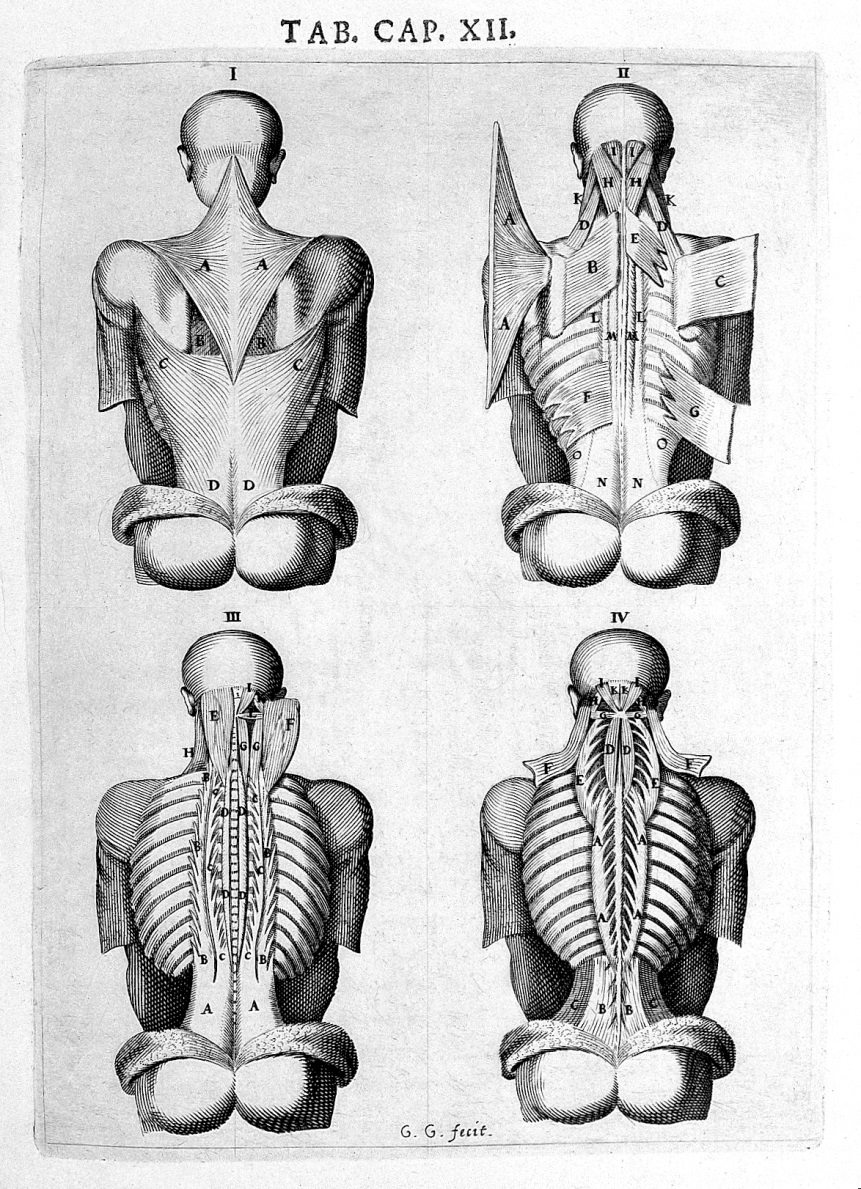Legislative Alchemy: The New Year
A new year brings new opportunities for practicing the magic of legislative alchemy, the process by which state legislatures transform implausible and unproven diagnostic methods and treatments into perfectly legal health care practices, such as naturopathy, chiropractic and acupuncture. Different states have different legislative calendars, but many begin a new session soon after the first of the year. This gives “complementary and...
Tonsillectomy Indications and Complications
Tonsillectomy remains a common surgical procedure with over half a million cases in the US per year, the most common surgical procedure in children. The indications and effects of tonsillectomy remain a matter of research and debate, as is appropriate. It is also a subject of popular misinformation and alarmism. A recent article by Seth Roberts raises many of the issues with...

Acupuncture, the Navy, and Faulty Thinking
A Navy neurologist, Capt. Elwood Hopkins, has posted a 3-part article on “The Power of Acupuncture” on Navy Medicine Live, the official blog of Navy and Marine Corps Health Care. It can serve as a useful lesson in how not to think about medicine. It is a prime example of how an intelligent, educated doctor can be fooled and can fool himself...

The rebranding of CAM as “harnessing the power of placebo”
If there’s one thing I’ve learned over the past seven years or so that I’ve been blogging, first at my other “super secret” (or, more accurately, super “not-so-secret”) blogging location, and then the four years I’ve been blogging here at Science-Based Medicine (SBM), it’s that the vast majority of “alternative medicine,” “complementary and alternative medicine” (CAM), and “integrative medicine” (IM) treatments (or...
Why Do We Really Need Clinical Trials?
A point I make over and over again when talking about new or alternative therapies that are not supported by good clinical trial evidence is that lower-level evidence, such as theoretical justifications, anecdotes, and pre-clinical research like in vitro studies and animal model testing, can only be suggestive, never reliable proof of safety or efficacy. It is necessary to begin evaluating a...
Generic Drugs: Are they Equivalent?
With healthcare costs continuing to rise, generic drugs are looking more attractive than ever. The prospect of getting the same drug at a lower cost is tempting to anyone with a large drug bill — patient or insurer alike. The savings are massive: Lipitor lost patent protection last month — it was a $10 billion drug, and the generic versions are priced...
The Cancer Cure Anecdote
Dr. Ian Gawler, a veterinarian, suffered from osteogenic sarcoma (a form of bone cancer) of the right leg when he was 24 in 1975. Treatment of the cancer required amputation of the right leg. After completing treatment he was found to have lumps in his groin. His oncologist at the time was confident this was local spread from the original cancer, which...
Reducing the Risk of Adverse Drug Events
Critics of mainstream medicine often point to the dangers of drugs. I previously wrote about “Death by Medicine,” where I explained the fallacy of fixating on harmful effects of drugs without putting them into perspective with all the good drugs do. Yes, patients have died from severe allergic reactions to penicillin, but penicillin has also saved countless lives. A recent article in The...
On the “individualization” of treatments in “alternative medicine,” revisited
As I contemplated what I’d like to write about for the first post of 2012, I happened to come across a post by former regular and now occasional SBM contributor Peter Lipson entitled Another crack at medical cranks. In it, Dr. Lipson discusses one characteristic that allows medical cranks and quacks to attract patients, namely the ability to make patients feel wanted,...

Subluxation Theory: A Belief System That Continues to Define the Practice of Chiropractic
Chiropractic as a profession is defined by the subluxation theory, the unfalsifiable belief that disease is caused by impaired nerve flow. No proof exists for this theory, and likely never will.






Health Narratives on Social Media